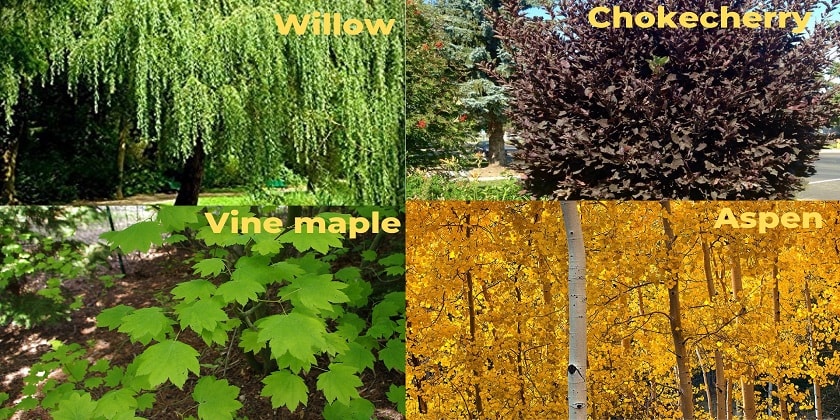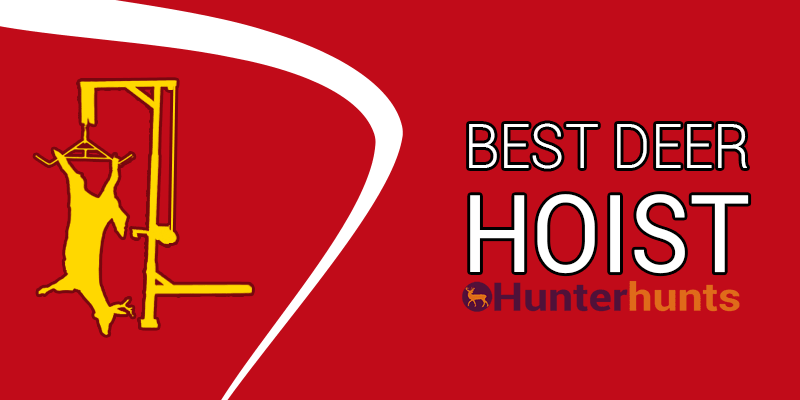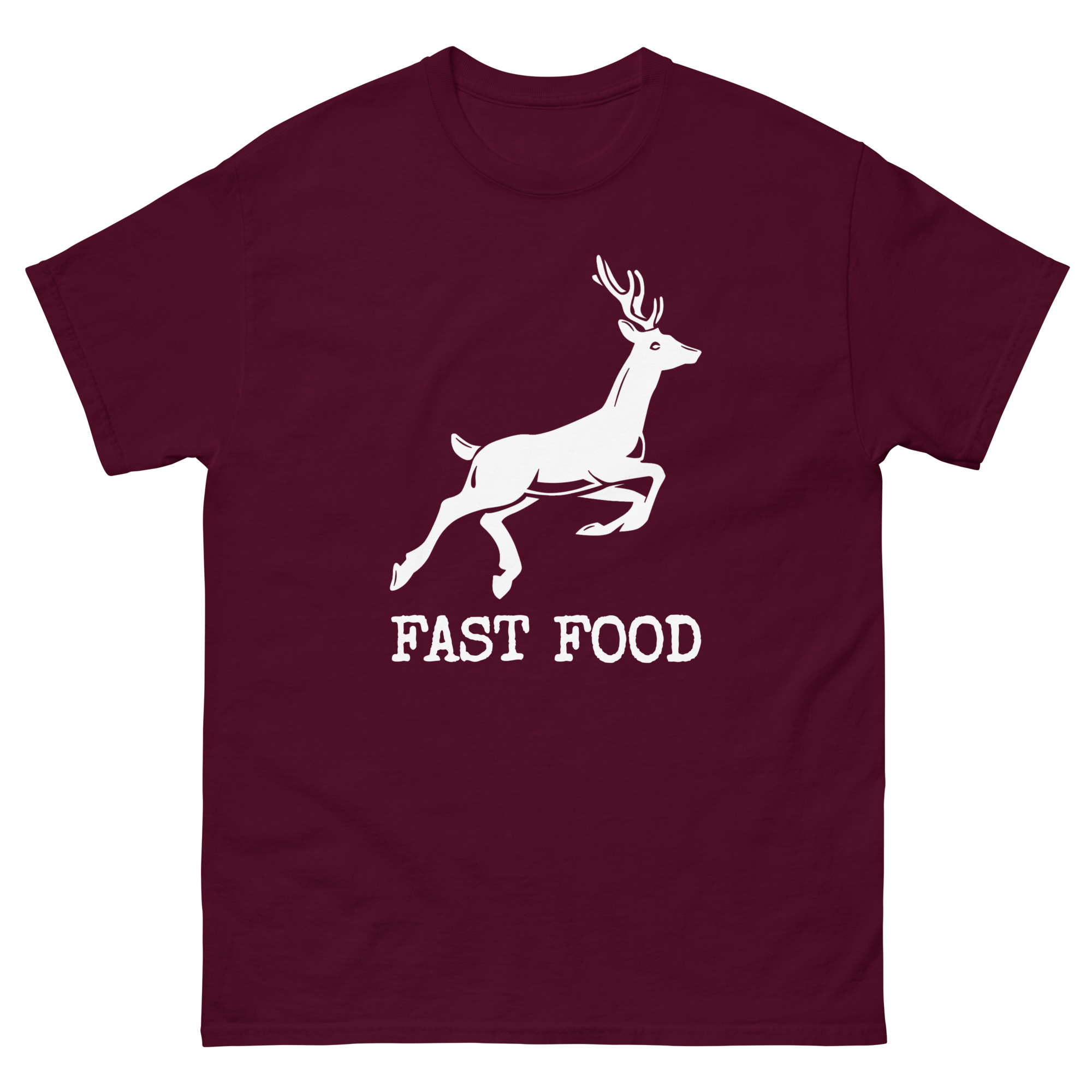Elk is one of the largest species of the deer family. It is larger in size than deer. You might have already been familiar with deer but knowing about elk is also interesting especially if you are an elk hunter. In this article, we will be knowing various interesting facts about elk, their diet, habitat, and behavior. Know more about elk hunting by reading our best elk hunting book guide.
Let’s begin

The scientific name of elk is Cervus Canadensis. They are mammals and live in large numbers in Northeast Asia and North America. They prefer staying in the forest and the area where food and water are available easily. Same as their relatives, elk have massive antlers and heavy bodies.
Related Post:- Best Meat Grinder For Deer Processing
Elk is also called wapiti in the native American language, which means “light-colored deer.” They are native to North America and northeast Asia and also adapted to the climate conditions of New Zealand and Argentina. According to the animal diversity web, elk were re-established in the eastern United States, including Michigan, with three transplantations throughout the 1900s. According to Yellowstone’s Wildlife, in the summer, there is an estimated 30,000 elk grazing in the park.
Characteristics And Features of Elk:

Elks are also known as red deer because of their dark brown to tan color. During the summer their color becomes copper brown, while during the fall-winter and spring, it remains light tan. The male elk weighs about 310 to 320 kg and the female elk usually weighs between 225 and 230 kg.
A male elk stands 5 feet in height, while the height of a female elk is measured 4 feet at the shoulder. The group of elk is called a gang. A very interesting fact is, that only male elk have antlers and grow a new set every year. Bull lose their antlers in March every year and begin to grow them back in May.
What Does Elk Eat?
Elk are herbivores, so they eat shrubs, trees, and other plant-based foods. Elk prefers eating vegetation and they are really an amazing grazer. The main portion of their diet is grass and plants. Elk are ruminants and thus have four-chambered stomachs. Not like white-tailed deer and moose, which are primarily browsers. Elk are the same as cattle in that they’re primarily grazers.

However, like other ruminants, they conjointly browse. An adult elk can consume 24 pounds of food every day. Elk have an inclination to try and do most of their feeding in the mornings and evenings. They seek secure areas in between feeding and digesting the food. Elk also supplement their diet with licks. They absorb minerals that will facilitate them to grow healthy coats and turn out nutrient milk. An elk’s abdomen has four chambers: the primary store’s food, and the other 3 digests it.
Elk love to feed wild mushrooms, different forbs, ferns, and legumes. Teeth additionally play a crucial role in the elk’s consumption habits. cervid has sharp incisors for biting off plants and broad and flat molars for mashing plants. As deer love to eat different fruits and vegetables, elk also will not avoid feeding on fruits and vegetables.
Molars line the higher and lower jaw, however, incisors occur solely on the lower jaw. Teeth facilitate biologists to identify an animal’s approximate age. A cross-section of associate elk’s tooth can show annual growth rings, rather like a tree. Elk eats various vegetation and plants at Yellowstone River.
Trees That Elk Love To Eat:

- Willow
- Vine maple
- Aspen
- Cottonwood
- Rocky mountain maple
- Chokecherry
- Red alder
Eating Habits Of Elk
They can store 15 pounds of food at once in their stomach but they can’t digest it all. Later, typically once resting, the European elk regurgitates or brings that food copy into their mouth. This can be referred to as cud. Chew cud refers to chewing a lot of the food that’s brought a copy into the mouth.
Once it’s fully chewed, the European elk swallows it once more. The food particles undergo the big part of the abdomen and into a second chamber for a lot of digestion. Then the food passes into a 3rd chamber where water is squeezed out and absorbed into the elk’s body. Finally, the food passes into the fourth and “true” abdomen where it’s softened to the amount that it is often absorbed by the internal organ.
Spring and early summer additionally bring about an inflow of budding woody plants like aspen, cottonwood, and willow loaded with protein and apparently delicious. elk additionally feast on cow parsnip and even the occasional mushroom.
By September and October, green becomes a tough color to search out in most of the elk country. however certain plants react to the primary arduous frosts of fall by manufacturing a blast of sugar, as kale and Brussels sprouts neutralize our gardens.
Suddenly Oregon cherry, grassland sageworts, and alpine forget-me-nots square measure precious plants for cervid wanting to place on fat before the snow flies. Their winter diet of dry grass and browse is back at the helm by December. return February, cervid can eat no matter what they notice, gnawing on poplar bark, cattails, and different back-of-the-cupboard things they won’t bite most of the year. It’s the cervid that appreciates beans and rice.
What Do Elk Eat-In Winters?
Elk eats grasses, shrubs, tree bark, and twigs in winter. Elk are ruminators the same as deer and moose. They have biological characteristics that need them to focus on uptake alimental browse like shrubs that are high in energy and straightforward to digest.

Elk are generalists in this they’re tailored to uptake nutritionally deficient grasses moreover as alimental shrubs. As a result of elk being taller, they browse on tall shrubs during the winter. In the winter, rocky mountain elk ranges are most common in open forests and floodplain marshes in the lower elevations. In the summer it migrates to the subalpine forests and alpine basins.
Elk are continually in search of food as a result it provides the energy that helps them regulate their body temperatures. They additionally depend upon shelter to retain heat in winter. They’ll jaunt wooded areas on south-facing slopes or stream bottoms wherever trees offer shelter from wind and hotter temperatures.
Related Post:- Best Rifle Scope For Deer Hunting
Where Do Elks Live?
Elk were once found throughout a lot of the hemisphere, from Europe through northern Africa, Asia, and North America. Intensive hunting and surrounding destruction have restricted European elk to a little of their former vary. European elk populations in eastern North America were reduced as a result of over-hunting.

Today massive populations of European elk in North America are found solely within the western us from Canada through the eastern mountain range. And in an exceedingly tiny region of the northern peninsula of Michigan.
Elk likes open woodlands and avoid dense unbroken forests. European elk is found in evergreen swamps, clear-cuts, aspen-hardwood forests, and coniferous-hardwood forests.
Elk are widespread in Washington and located in an exceeding style of habitats like ligneous plant fields, bunchgrass, ligneous plant communities, and open meadows close to open or closed cover forests. They enter sub-alpine areas throughout the summer. In summer, elk eat berries and the bark off of small trees.
Offspring And Lifespan Of Elk:
The breeding season starts in August and continues up to September. The gestation period remains for 240 to 262 days. Female elk have a short rut cycle of solely a day or 2, and mating sometimes involves a dozen or additional tries. By the fall of their second year, females will give birth to one and, terribly seldom, 2 offspring.

The baby elk weighs between 15 and 16 kilograms. Calves are born spotted, as is common with several cervid species. They lose their spots by the top of summer. American elk might retain some orange spots on the rear of their summer coats till they’re older.
When a period, calves are able to be part of the herd and are absolutely weaned at 2 months old. European elk calves are as massive as associate degree adult cervid by the time they’re six months recent. The offspring can stay with their mothers for nearly a year. Deed regarding the time that succeeding season’s offspring are created. The average lifespan of elk is 12 years in the wild, while in captivity it can live longer up to 20 years.
This member of the deer family is really a great grazer. It may definitely attract you if you are a hunter and lover of standard and tasty meat. Do you know anything about them or what elk eat?….well you can share with us. Let us know if this article is informative and helpful for you below in the comment section.














Mine love carrots. The ones in my yard today are eating out of my hand. They are my neighbors and I love their visits so pray every fall that they escape the hunters. If they are smart they’ll stay in town where it’s against the law to hunt them.
Thanks for the comment
Jun 29, 2021, Meers, OK
We have 5 elk this afternoon next to our horse pasture where there is a lot of plum thickets.
Are the elk attracted to the plums?
Deer will graciously accept any fruit on your property as a delicious meal. Like plum, cherry, apple, etc
I love our elk and we have left two acres for a wildlife sanctuary. Sadly, there is a local man who pays property owners for permission to put out bait. He then brings out his paying clients, the lowest form of “hunters”, for the slaughter. Soon bullets will be flying and we will have to shelter in place until winter.
Thanks for sharing your story with us.
Would a male elk attack a human being?
Yes, but most of the time they do not attack humans.